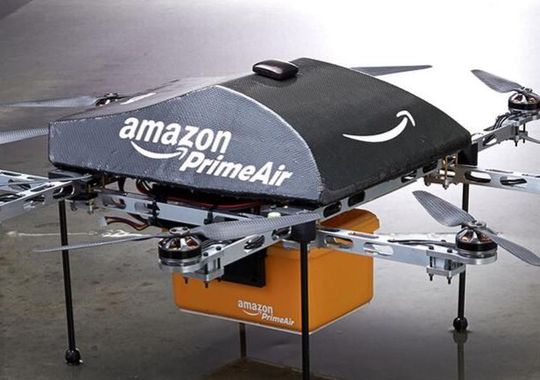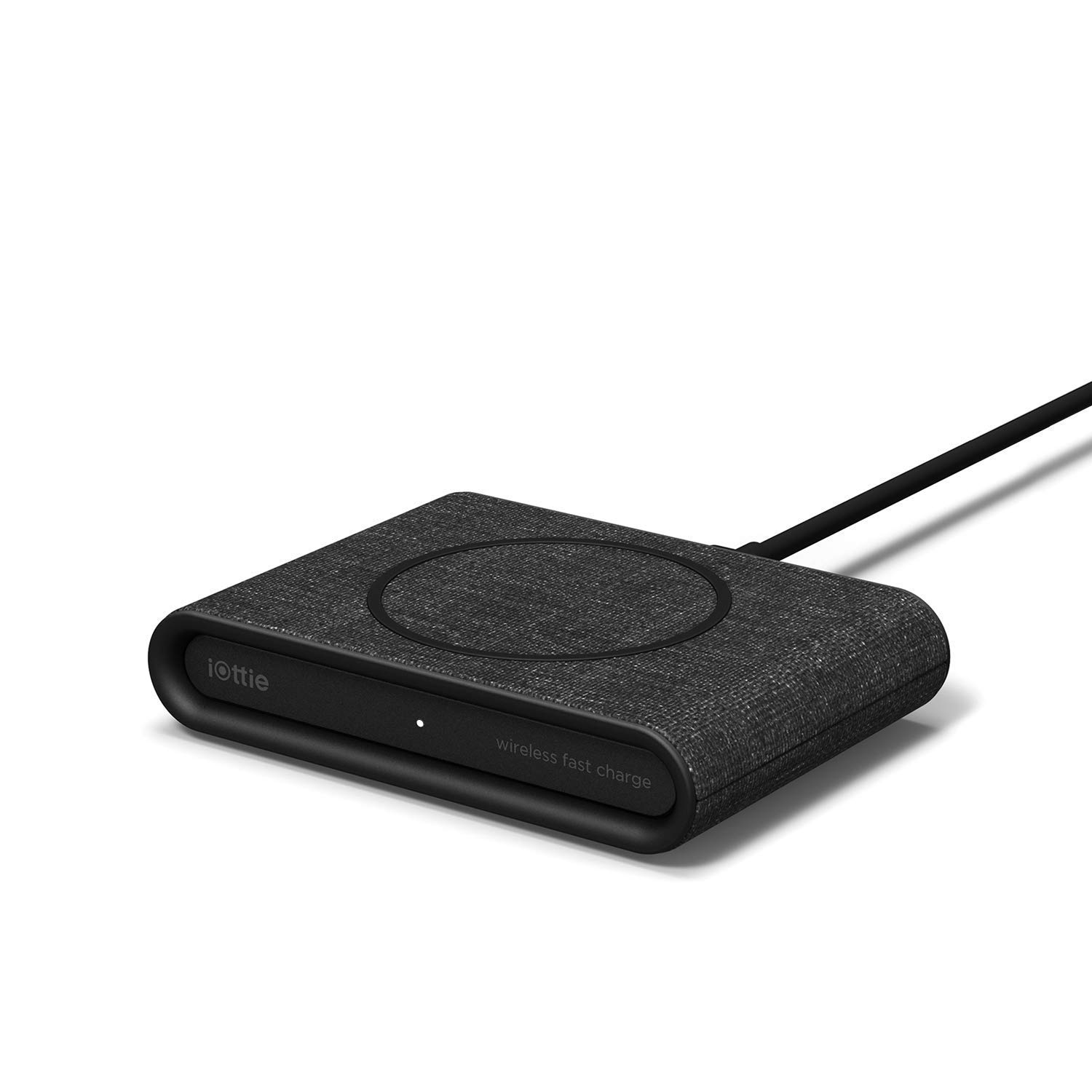 You probably saw the 60 minutes segment on Amazon drone delivery with Bezo’s revelation of its drone project. FedEx now also has several drone studies underway. Is the world going crazy, or just these eccentric CEO’s? Maybe not.
You probably saw the 60 minutes segment on Amazon drone delivery with Bezo’s revelation of its drone project. FedEx now also has several drone studies underway. Is the world going crazy, or just these eccentric CEO’s? Maybe not. During the holiday season, internet purchases were reported to have grown 20% year over year. Compounded, that doubles in four years. Using current methods, could there be a doubling of delivery capacity by 2017? Most likely not. Also, consider the competitive demands for free delivery. Finding a better way to deliver small packages has become a business sustainability imperative.
Here’s the latest evidence that Amazon’s drone delivery plan is not a joke: The company is hiring software engineers, communications professionals, and interns to make the project a reality.
There’s usually no point in reading too much into job listings, but these ones, flagged by George Anders of Forbes, seem pretty cut and dry. Amazon is hiring at least two “software development engineers for Amazon Air” in San Francisco, a “research scientist intern,” and a communications manager for the program in Seattle.
Of the three listings, the communications manager one is perhaps most telling—they’re looking for someone who can “drive massive awareness for Amazon Prime Air,” which shouldn’t be too hard, considering that “like the Amazon drones?” is the first question anyone asks me when I tell them that I write about “commercial drones.”
The listing also says that the ideal candidate will “successfully manage complex, fast-moving, and unexpected communications challenges,” which, as Anders points out, sounds like code for “will have to explain what the heck we should do if one of these crashes.”
The plan, if you have been hiding out in your house, far from any drones, is to deliver stuff within a half hour of it being ordered.
The listings for the software engineering jobs, which presumably will be the meat-and-potatoes of actually making this thing feasible, have much less information, but ask for people who can combine “superb technical, research, and analytical capabilities with a demonstrated ability to get complex hardware, soft are, embedded, mobile, and mission-critical systems up and running quickly and effectively.”
Presumably, these are jobs for humans and not jobs for drones, like this sort-of-funny YouTube video imagined back in December.




